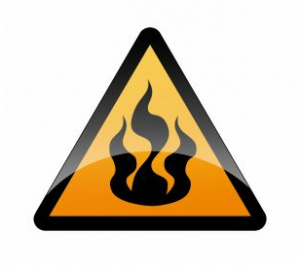Fires In The Southwest Symptom Of Climate Change
 By Renee Blake/Beth Blakeman, Public News Service – NM
By Renee Blake/Beth Blakeman, Public News Service – NM
ALBUQUERQUE, N.M. – Frequent fires are popping up around New Mexico from a mix of lightning, dry days, hot winds and bark beetle damage.
In the past week, firefighters had to tend to a fire near the Village of Manzano and another in the Bosque in Albuquerque – in addition to the Little Bear and Whitewater Baldy blazes.
David Ellenberger, regional outreach coordinator for the National Wildlife Federation, says nine Southwest Region states are struggling with major fires. He believes it’s a sign of things to come.
“Reports from climate scientists seem to agree that the future of the Intermountain West and the Rockies will be hotter and drier and more similar to 2012 than not. People are starting to connect the dots between these extreme weather patterns that we’re seeing out here and climate change.”
Asked if the answer is to buy more air tankers, as proposed in a bill sponsored by Sen. Ron Wyden, D-Ore., co-sponsored by Sen. Jeff Bingaman, D-N.M., and sent to the president last week, Ellenberger said that is addressing the symptoms. Without changing the underlying causes for what he calls a “warming climate,” Ellenberger says the long, intense fire seasons will become part of the future.
Another contributor to the fires in New Mexico and the Southwest are bark beetles. The piñon bark beetle is about the size of a grain of rice. While they are part of the ecosystem of piñon-juniper trees, beetle infestations turn trees into fire fuel. Ellenberger says the life cycle of these insects has sped up in recent years.
“Their growth and reproductive cycles are being accelerated by global warming. They’re getting two reproductive cycles in a season, where they used to just get one. Because of the warmer winter temperatures that we’ve been seeing, bark beetles also aren’t dying off in the winter.”
Limiting greenhouse gases that trap heat in the atmosphere is one solution to the situation.
“I think the most bang for your buck is going after the biggest emitters of carbon dioxide, and those are power plants. Coal-fired power plants are still about 40 percent of how we generate electricity in this country.”
Ellenberger sees Environmental Protection Agency rules on carbon pollution as one of the ways to respond to the root causes of climate change and, as a result, help alleviate the long, hot fire seasons in the Rockies and the Intermountain West.
[Photo by resignent]
